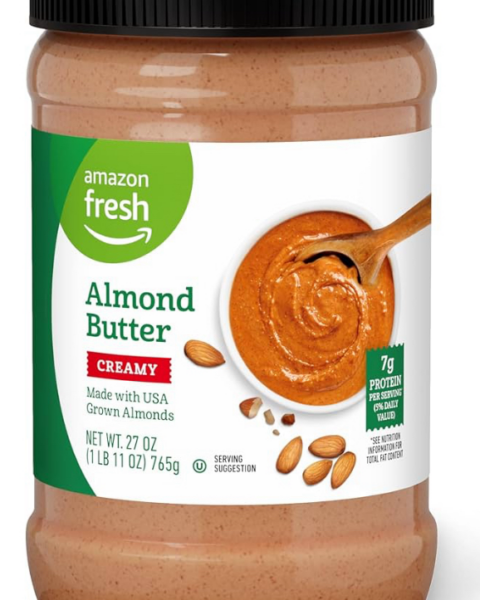Growing your own herb garden is one of the most rewarding and enjoyable things you can do, whether you have a sprawling backyard or just a small patio. Fresh herbs add a burst of flavor to your meals and give you a sense of satisfaction knowing you grew them yourself. Plus, they’re easier to maintain than many other plants and can thrive even in small spaces. With the right care, your herb garden can provide you with a steady supply of delicious, aromatic herbs throughout the year. This guide will walk you through simple, practical tips to help your herb garden flourish, no matter your level of experience.
Contents
- 1 Start Small
- 2 Choose the Right Location
- 3 Use Well-Draining Soil
- 4 Water Consistently but Don’t Overwater
- 5 Harvest Regularly
- 6 Choose Easy-to-Grow Herbs
- 7 Rotate Your Plants
- 8 Group Herbs Based on Their Needs
- 9 Consider Raised Beds or Containers
- 10 Fertilize Moderately
- 11 Companion Planting
- 12 Monitor for Pests and Diseases
- 13 Mulch to Retain Moisture
- 14 Use Organic Pest Control
- 15 Grow Herbs Indoors During Winter
- 16 Deadhead Flowers
- 17 Use Vertical Space for Small Gardens
- 18 More From RetailShout
- 19 15 Creative Gift Ideas You Can Put Together from Dollar Tree
- 20 17 Trader Joe’s Desserts That Are Worth Every Bite
Start Small
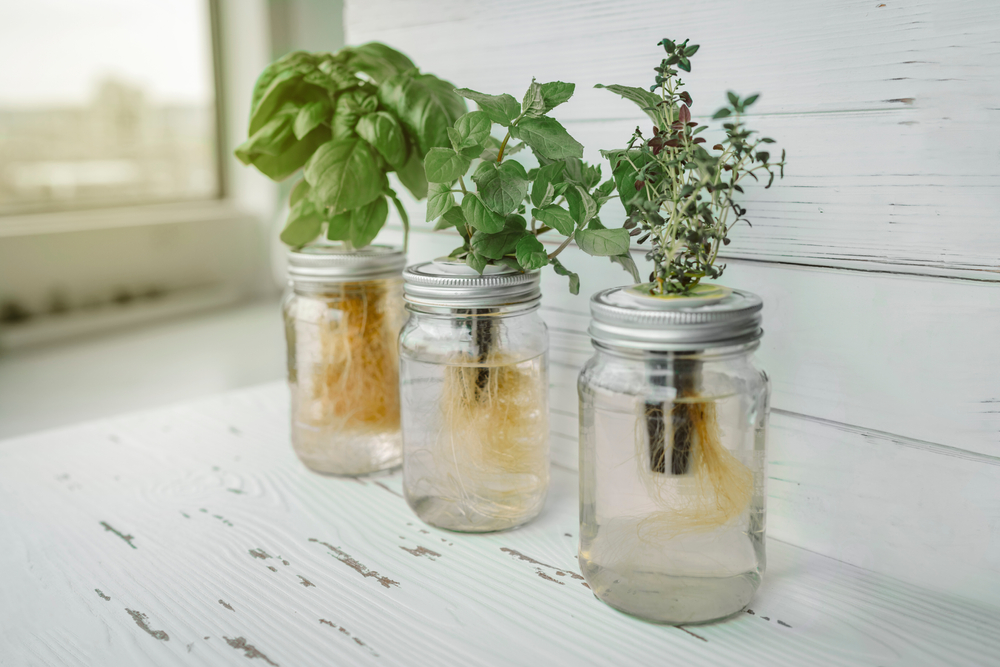
Beginning with a small herb garden is advisable for new gardeners. A limited number of plants can help you focus on learning the requirements of each herb. Select a few beginner-friendly herbs like basil, parsley, or mint. Small-scale gardening helps you master the basics without being overwhelmed. Once you’re comfortable, you can gradually expand your garden. Keep your first garden manageable by choosing a few pots or a small plot of soil.
Choose the Right Location
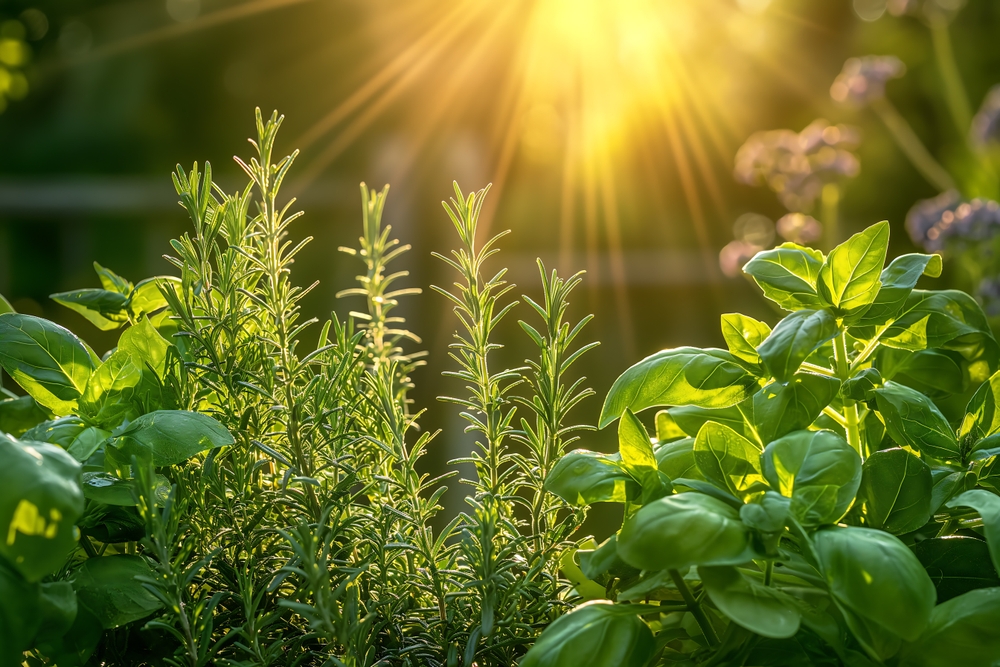
Herbs need plenty of sunlight to thrive, usually around 6-8 hours per day. Selecting the right location is crucial because insufficient sunlight leads to weak growth. South-facing windows or gardens are ideal spots for most herbs. If planting indoors, consider using grow lights if natural sunlight is limited. Well-lit balconies and patios can also work wonders for herbs. Ensure good air circulation to keep plants healthy.
Use Well-Draining Soil

Herbs generally do not like soggy soil, so it’s essential to use well-draining soil. Excessive moisture can lead to root rot, which damages the plant. To ensure proper drainage, mix compost or perlite into your garden soil or choose potting mixes designed for herbs. Raised beds or containers with drainage holes help prevent waterlogging. Mulching can aid in moisture retention but also ensure water is not pooling. Proper soil conditions will encourage healthy root growth.
Water Consistently but Don’t Overwater
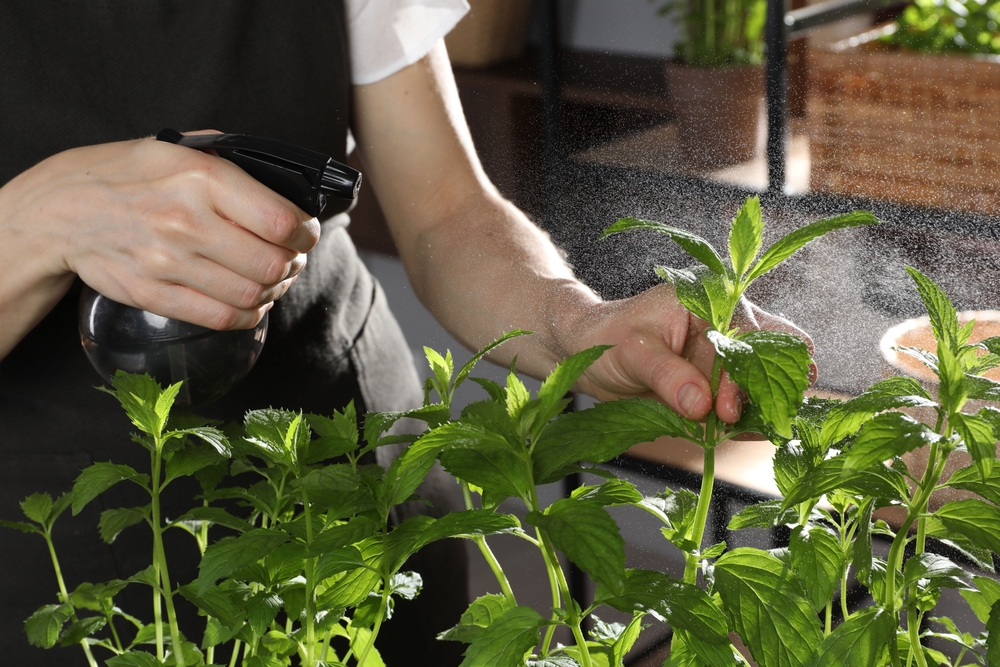
Herbs need a balance between too much and too little water. Overwatering is a common issue that can lead to root diseases, while underwatering can cause herbs to wilt and dry out. Check the soil’s moisture level regularly by sticking a finger about 2 inches deep; if it feels dry, it’s time to water. Different herbs have varying water needs, so research each plant’s preferences. Morning watering is ideal, allowing plants to absorb water before the heat of the day. Ensure pots or garden beds have proper drainage.
Harvest Regularly

Regular harvesting encourages herbs to grow fuller and bushier. Pruning or picking leaves often stimulates growth and prevents herbs from becoming too leggy. For most herbs, cutting back the top few inches will encourage lateral growth. Be cautious not to remove more than one-third of the plant at once, as over-harvesting can stunt its development. Regular trimming also keeps the plant healthy and productive. Use the freshly harvested herbs in your kitchen, knowing they will regrow quickly.
Choose Easy-to-Grow Herbs

For beginners, it’s best to start with herbs that are easy to grow. Basil, parsley, chives, and mint are some examples of forgiving plants that tolerate a range of conditions. These herbs also require minimal care, making them perfect for new gardeners. Hardy herbs like rosemary and thyme can withstand less frequent watering and poor soil conditions. Selecting simple herbs will help you gain confidence in your gardening skills. With time, you can experiment with more challenging plants like cilantro or oregano.
Rotate Your Plants

Like other plants, herbs benefit from rotation to prevent soil nutrient depletion. Planting the same herbs in the same location every year can lead to weaker growth. Rotate herbs annually to different areas of the garden or change their container pots. This practice also helps to prevent the build-up of pests and diseases that may linger in the soil. By rotating your plants, you promote healthier, more vibrant growth. It’s a sustainable way to keep your garden thriving.
Group Herbs Based on Their Needs
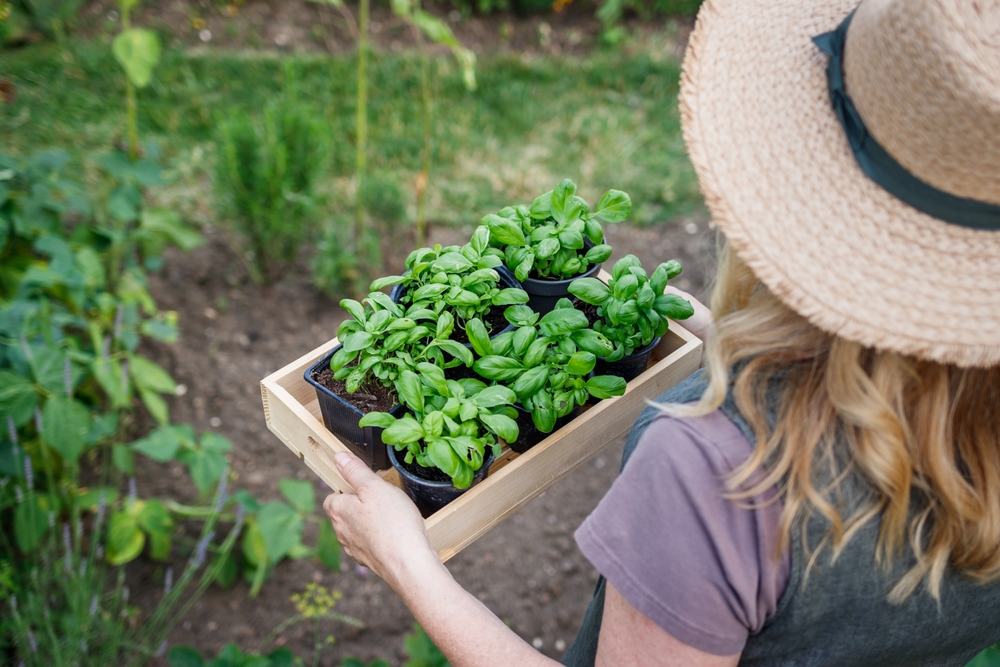
Grouping herbs with similar light, water, and soil requirements can simplify care. Mediterranean herbs like rosemary, thyme, and sage thrive in dry, well-draining soil, while basil and parsley need more moisture. Planting these herbs together in sections makes it easier to meet their specific needs without over or under-watering. This also makes it easier to optimize sun exposure. By doing this, you can streamline your gardening routine and avoid mistakes.
Consider Raised Beds or Containers
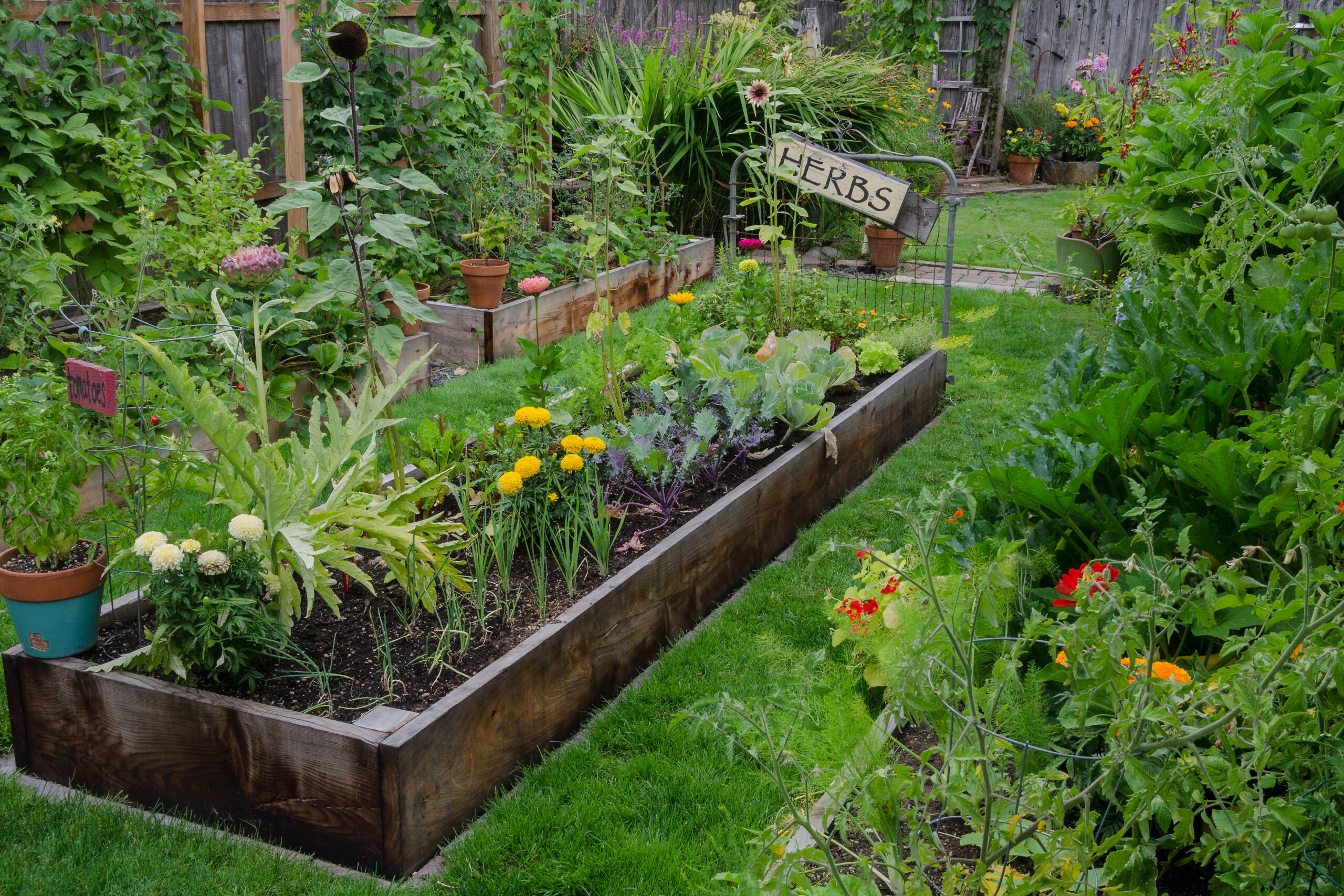
Raised beds or containers offer excellent control over soil quality and drainage, which are essential for herb gardening. These setups allow you to manage water retention better and provide herbs with their ideal growing environment. Containers are portable, making it easier to move plants to optimal locations throughout the season. Raised beds also help reduce weed competition and pest issues. Both methods ensure healthy and manageable herb growth.
Fertilize Moderately
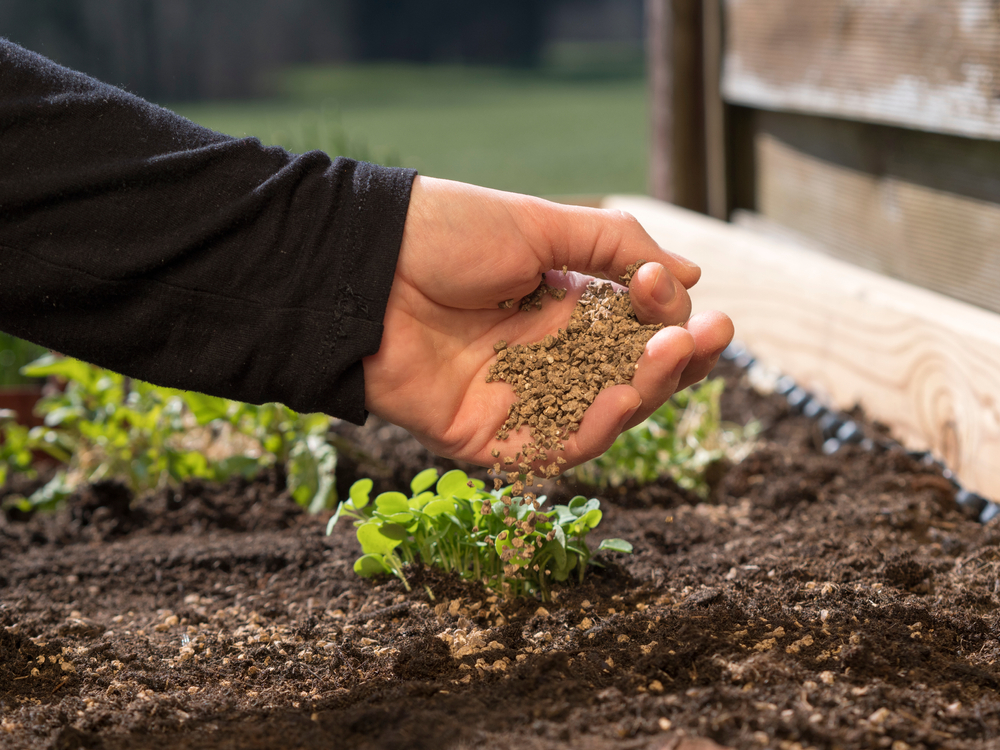
Herbs do not typically need heavy fertilization. Over-fertilizing can lead to excessive foliage growth but reduce the plant’s essential oils, which are responsible for their flavor and aroma. Organic compost or slow-release fertilizers work well in providing balanced nutrients. Avoid chemical fertilizers, as they can affect the taste of your herbs. Use light fertilization during the growing season to maintain the plants’ vitality. Regular compost addition is often sufficient.
Companion Planting
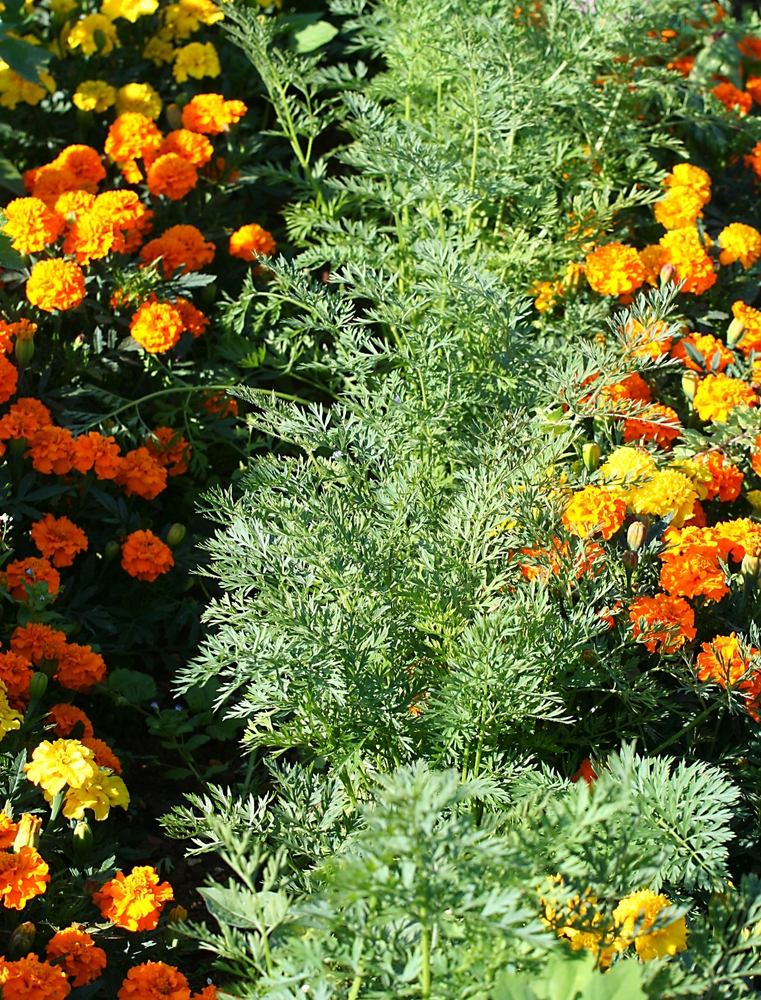
Companion planting is the practice of growing herbs alongside other plants that benefit each other. For example, basil can repel pests like aphids when grown near tomatoes, while oregano enhances flavor. Grouping compatible herbs can improve pest control and plant health. Herbs like mint should be grown in pots to prevent them from overtaking the garden. Companion planting optimizes garden space and enhances plant growth without the need for chemical interventions.
Monitor for Pests and Diseases

Herbs are relatively pest-resistant, but they are not immune to attacks from aphids, whiteflies, or fungal diseases. Regularly inspect the plants for signs of pests, such as discolored or hole-ridden leaves. If you spot any issues, use organic remedies like neem oil or insecticidal soap. Removing affected parts of the plant can prevent the spread of diseases. Early detection and treatment are key to maintaining a healthy herb garden. Avoid chemical pesticides to keep your herbs edible.
Mulch to Retain Moisture
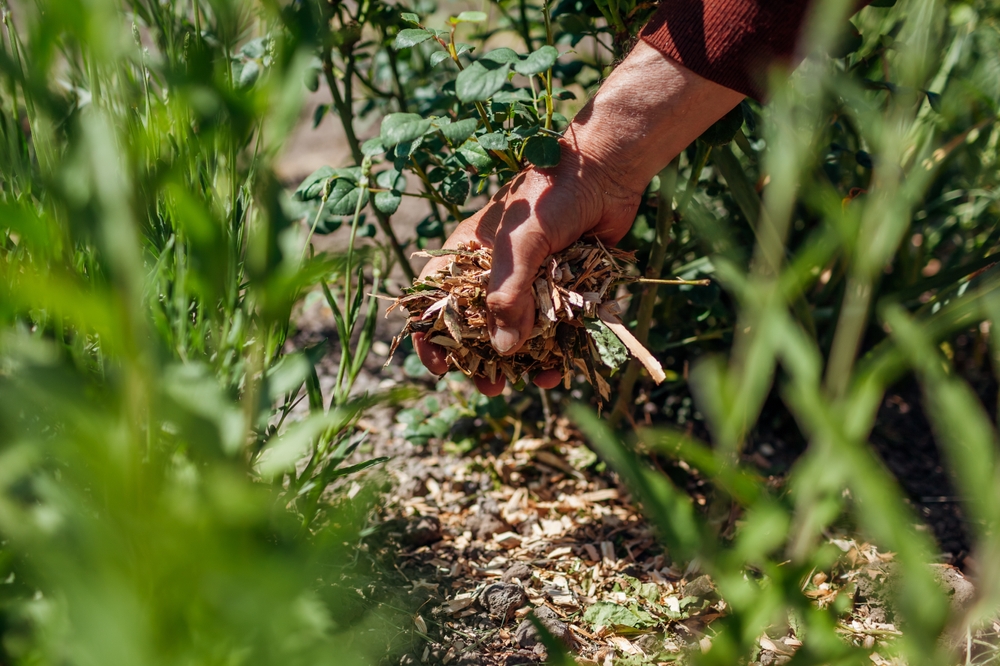
Adding a layer of mulch around your herbs can help conserve moisture in the soil, especially in hot or dry climates. Mulching reduces evaporation and can also help keep weeds at bay. Organic mulches, such as straw, leaves, or wood chips, also enrich the soil as they decompose. However, ensure that mulch is not packed too closely around the base of the plants, as this can lead to rot. Mulching is particularly useful in reducing the frequency of watering.
Use Organic Pest Control
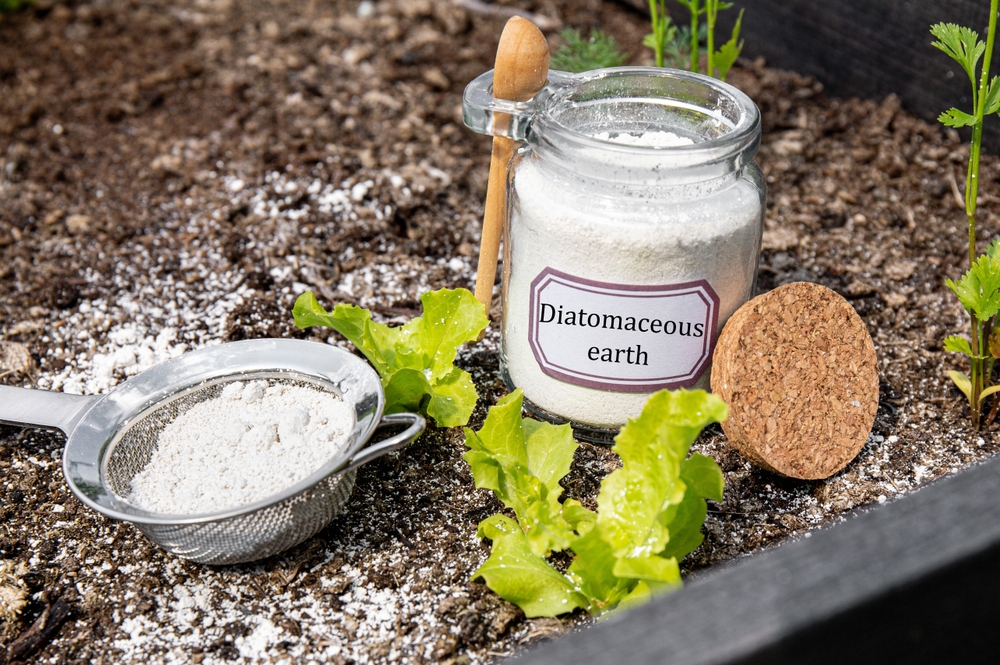
If pests become a problem, using organic pest control methods is recommended to protect both your herbs and the environment. Neem oil, insecticidal soap, and diatomaceous earth are safe options for controlling common pests like aphids and spider mites. Beneficial insects like ladybugs can also be introduced to help manage pests naturally. Avoid using chemical pesticides, as they can affect the taste of your herbs and be harmful to beneficial wildlife. Consistently monitoring your garden will help you catch pest problems early.
Grow Herbs Indoors During Winter
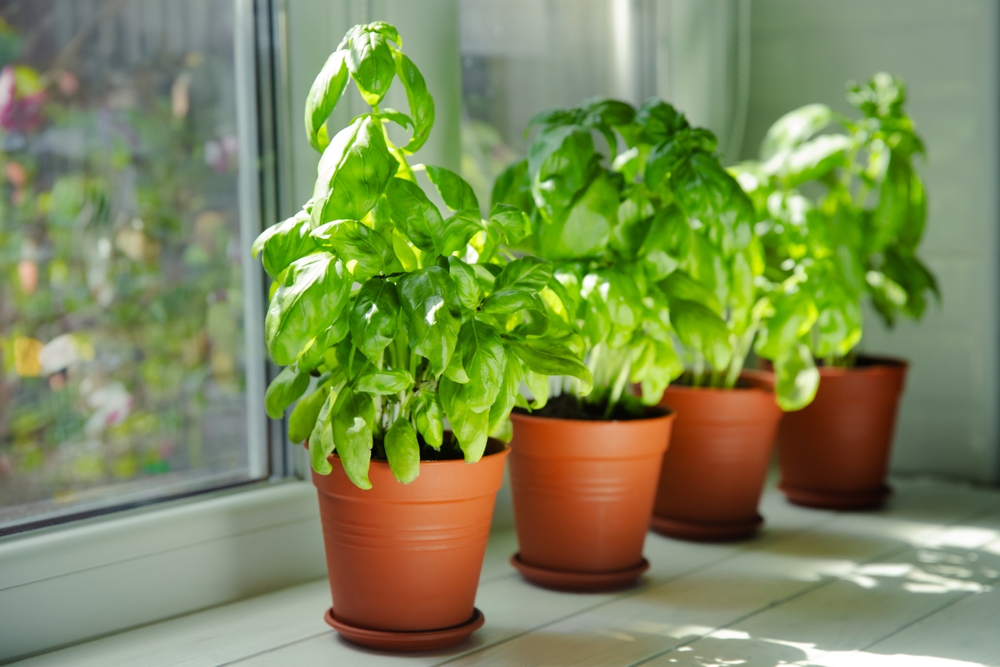
If you live in a colder climate, growing herbs indoors during the winter months can ensure a continuous supply. Many herbs like basil, cilantro, and parsley can thrive indoors as long as they get enough light. Place your herbs on a sunny windowsill or use grow lights to simulate sunlight. Indoor herb gardens allow you to enjoy fresh flavors year-round without worrying about frost damage. Containers make it easy to transfer herbs indoors when temperatures drop.
Deadhead Flowers

If your herbs start to flower, it’s often a sign that they’re nearing the end of their productive cycle. Deadheading flowers is an essential practice for prolonging herb production, as flowering signals the plant to stop focusing on leaf growth. By removing the flowers, you encourage the herb to continue producing flavorful leaves. Herbs like basil, mint, and oregano benefit from this treatment. Regular deadheading ensures that the energy of the plant goes toward growing more leaves rather than seeds.
Use Vertical Space for Small Gardens

If you’re short on garden space, vertical gardening is an excellent way to maximize your growing area. Herbs can be grown in hanging pots, on vertical racks, or even in wall-mounted planters. This method works well for compact spaces like patios, balconies, or small urban gardens. Vertical gardens make it easier to access and care for your herbs while improving airflow. It also creates a visually appealing, space-efficient garden layout.
This article originally appeared on RetailShout.
More From RetailShout
26 Easy Steps to Make Your Home More Eco-Friendly
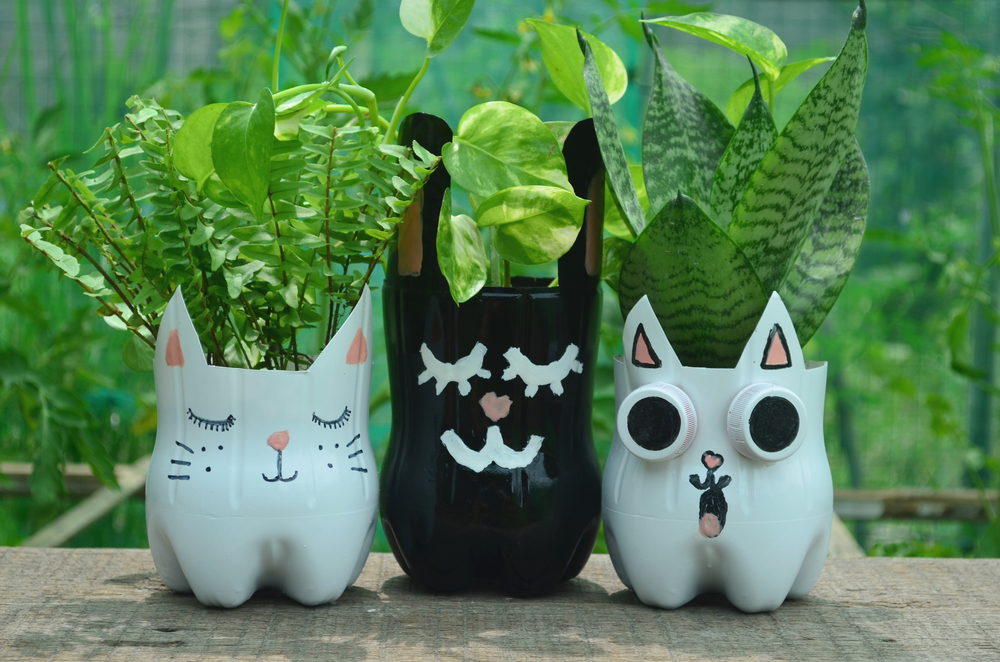
Making your home more eco-friendly doesn’t have to be a daunting task. It’s about taking small, simple steps that add up to a big impact. Whether you’re just getting started or looking to take your green habits to the next level, there are plenty of easy changes you can make that benefit both the planet and your wallet. Read More.
15 Creative Gift Ideas You Can Put Together from Dollar Tree

Finding thoughtful and creative gifts doesn’t have to be expensive or complicated. Dollar Tree is a treasure trove of budget-friendly items that, with a little creativity, can be turned into amazing gifts for any occasion. Read More.
17 Trader Joe’s Desserts That Are Worth Every Bite

When it comes to satisfying your sweet tooth, Trader Joe’s never disappoints. Whether you’re craving something rich and chocolatey, or light and fruity, they’ve got a dessert that will hit the spot. From classic treats to unique, can’t-find-anywhere-else goodies, Trader Joe’s offers a variety of desserts that are perfect for any occasion. Read More.


